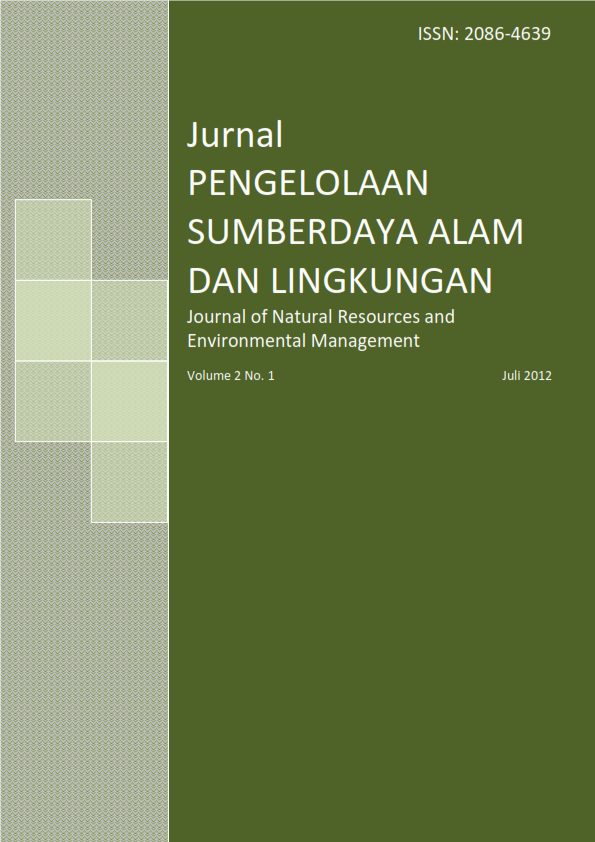SEAGRASS BEDS DISTRIBUTION AND THEIR STRUCTURE IN THE SURROUNDING COASTAL WATERS OF KAPOPOSANG ISLAND, SOUTH SULAWESI
Abstract
Kapoposang Island and the surrounding waters has been appointed by Indonesian Governmet to be a part of waters tour park in South Sulawesi, implying the requirement of the marine resources, including seagrass ecosystems in this area, should be well managed in order to provide biodiversity protection and sustainable use of the seagrass ecosystems. For this purpose, one of basic required information is seagrass distribution and habitat structure. This study was aimed to 1) observe the location of continues seagrass beds, 2) identify the habitat structure in each site of continues seagrass beds. A combination of visual observation and transect method was applied to determine the sites of continues seagrass beds, while seagrass habitat structure was identified based on ecological habitat structure model. Study results revealed that continues seagrass beds were only found in five different sites of Kapoposang coastal waters. Seagrass habitat structure among the five sites were in variable and the highest seagrass cover was found in two sites, namely 1) site A in the north-west part of the island (S04o41'42.5"; E118o56'59.5") dominated by Thalassia hemprichii and 2) site E located in the north part of the island (S04o41'57.8"; E118o57'45.7") dominated by Enhalus acoroides. Both of these sites were different in heterogeneity but similar in complexity.
Keywords: Thalassia hemprichii, Enhalus acoroides, continues seagrass beds, habitat structure
Authors
Authors who publish with this journal agree to the following terms:
- Authors retain copyright and grant the journal right of first publication with the work simultaneously licensed under a Creative Commons Attribution License that allows others to share the work with an acknowledgement of the work's authorship and initial publication in this journal.
- Authors are able to enter into separate, additional contractual arrangements for the non-exclusive distribution of the journal's published version of the work (e.g., post it to an institutional repository or publish it in a book), with an acknowledgement of its initial publication in this journal.
- Authors are permitted and encouraged to post their work online (e.g., in institutional repositories or on their website) prior to and during the submission process, as it can lead to productive exchanges, as well as earlier and greater citation of published work (See The Effect of Open Access).





